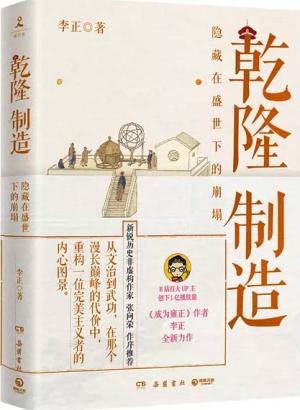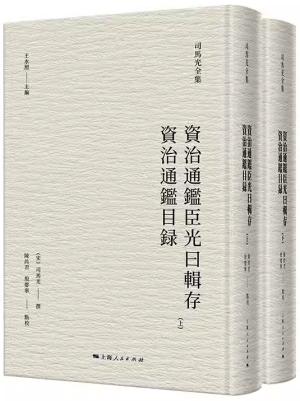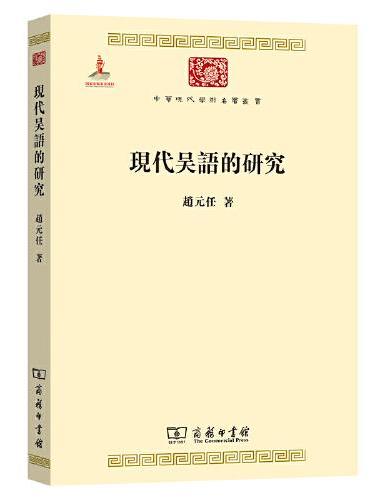新書推薦:

《
周易
》
售價:NT$
203.0

《
东南亚的传统与发展
》
售價:NT$
306.0

《
乾隆制造
》
售價:NT$
398.0

《
资治通鉴臣光曰辑存 资治通鉴目录(司马光全集)(全二册)
》
售價:NT$
1316.0

《
明代社会变迁时期生活质量研究
》
售價:NT$
1367.0

《
律令国家与隋唐文明
》
售價:NT$
332.0

《
紫云村(史杰鹏笔下大唐小吏的生死逃亡,新历史主义小说见微之作,附赠5张与小说内容高度契合的宣纸彩插)
》
售價:NT$
449.0

《
现代吴语的研究(中华现代学术名著3)
》
售價:NT$
296.0
|
| 編輯推薦: |
本书内容包括便条、邀请函、书信、段落、文章写作和常用修辞手段介绍。如果读者按照本书的内容循序渐进,必定会在英语写作方面有所突破。
《英语写作阶梯》分为5章内容,适合从事相关研究工作的人员参考阅读。
|
| 內容簡介: |
|
本书根据最新《高等学校英语专业英语教学大纲》中四级的写作要求编写。内容包括便条、邀请函、书信、段落、文章写作和常用修辞手段介绍。如果读者按照本书的内容循序渐进,必定会在英语写作方面有所突破。《英语写作阶梯》可作为英语专业一年级下和二年级上的学生教材,也可供具有一定英语基础并希望在英语写作方面有所提高的读者学习。各章的部分练习参考答案可在上海交通大学出版社的官方网页上搜索。
|
| 目錄:
|
Chapter I Notes and Invitation Cards
1.1 Note Writing
1.1.1 Definition and Features
1.1.2 Composition
1.1.3 Notes for Various Purposes
1.2 Invitation Cards
1.2.1 Content and Form
1.2.2 Requirements for Writing
Exercises
Chapter II Lette
2.1 The Format of Lette
2.1.1 Addressing Envelopes
2.1.2 The Format of a Letter
2.1.3 The Composition of a Letter
2.2 Social Lette
2.2.1 Lette of Apologies
2.2.2 Lette of Congratulatio
2.2.3 Lette of Thanks
2.2.4 Lette of Sympathy and Condolences
2.2.5 Lette of Invitation
2.2.6 Lette of Introduction
2.2.7 Lette of Informal Discussion
2.2.8 Lette of Keeping Correspondence
2.3 Business Lette
2.3.1 Lette of Inquiry and Request
2.3.2 Lette of Complaint
2.3.3 Lette of Application
Exercises
Chapter III Paragraphs
3.1 Structure
3.1.1 The Topic Sentence
3.1.2 Supporting Sentences
3.1.3 The Concluding Sentence
3.2 Unity
3.3 Coherence
3.3.1 Sequence
3.3.2 Cause or Reason
3.3.3 Result
3.3.4 Illustration
3.3.5 Comparison
3.3.6 Contrast
3.3.7 Concession
3.3.8 Traition
3.3.9 Condition
3.3.10 Exception
3.3.11 Purpose
3.3.12 Place
3.3.13 Restatement
3.3.14 Feelings
3.3.15 Conclusion
3.3.16 Time
3.4 Ways of Developing Paragraphs
3.4.1 Narration
3.4.2 Description
3.4.3 Listing
3.4.4 Illustration
3.4.5 Process Analysis
3.4.6 Comparison and Contrast
3.4.7 Cause and Effect
3.4.8 Definition
3.4.9 Division and Classification
3.4.10 Argumentation
Exercises
Chapter IV Essays
4.1 Structure
4.1.1 Paragraphs Veus Essays
4.1.2 The Title
4.1.3 The Thesis Statement
4.1.4 The Introduction
4.1.5 The Body
4.1.6 The Conclusion
4.2 Modes of Writing
4.2.1 Narration
4.2.2 Description
4.2.3 Exposition
4.2.4 Argumentation
Exercises
Chapter V Rhetorical Devices
5.1 Phonetic Devices
5.1.1 Alliteration
5.1.2 Coonance
5.1.3 Assonance
5.1.4 Rhyme
5.1.5 Onomatopoeia
5.2 Semantic Devices
5.2.1 Simile
5.2.2 Metaphor
5.2.3 Metonymy
5.2.4 Synecdoche
5.2.5 Traferred Epithet
5.2.6 Synaesthesia
5.2.7.Analogy
5.2.8 Peonification
5.2.9 Zoosemy
5.2.10 Allusion
5.2.11 Litotes
5.2.12 Euphemism
5.2.13 Hyperbole
5.2.14 Oxymoron
5.2.15 Paradox
5.2.16 Zeugma
5.2.17 Pun
5.2.18 Parody
5.2.19 Paregmenon
5.3 Syntactic Devices
5.3.1 Loose Sentence
5.3.2 Periodic Sentence
5.3.3 Inveion or Anastrophe
5.3.4 Repetition
5.3.5 Epanalepsis
5.3.6 Antimetabole
5.3.7 Anaphora
5.3.8 Antithesis
5.3.9 Parallelism
5.3.10 Palindrome
5.3.11 Gradatio
5.4 Stylistic Devices
5.4.1 Climax
5.4.2 Anticlimax or Bathos
5.4.3 Rhetorical Question or Erotema
Exercises
|
|










